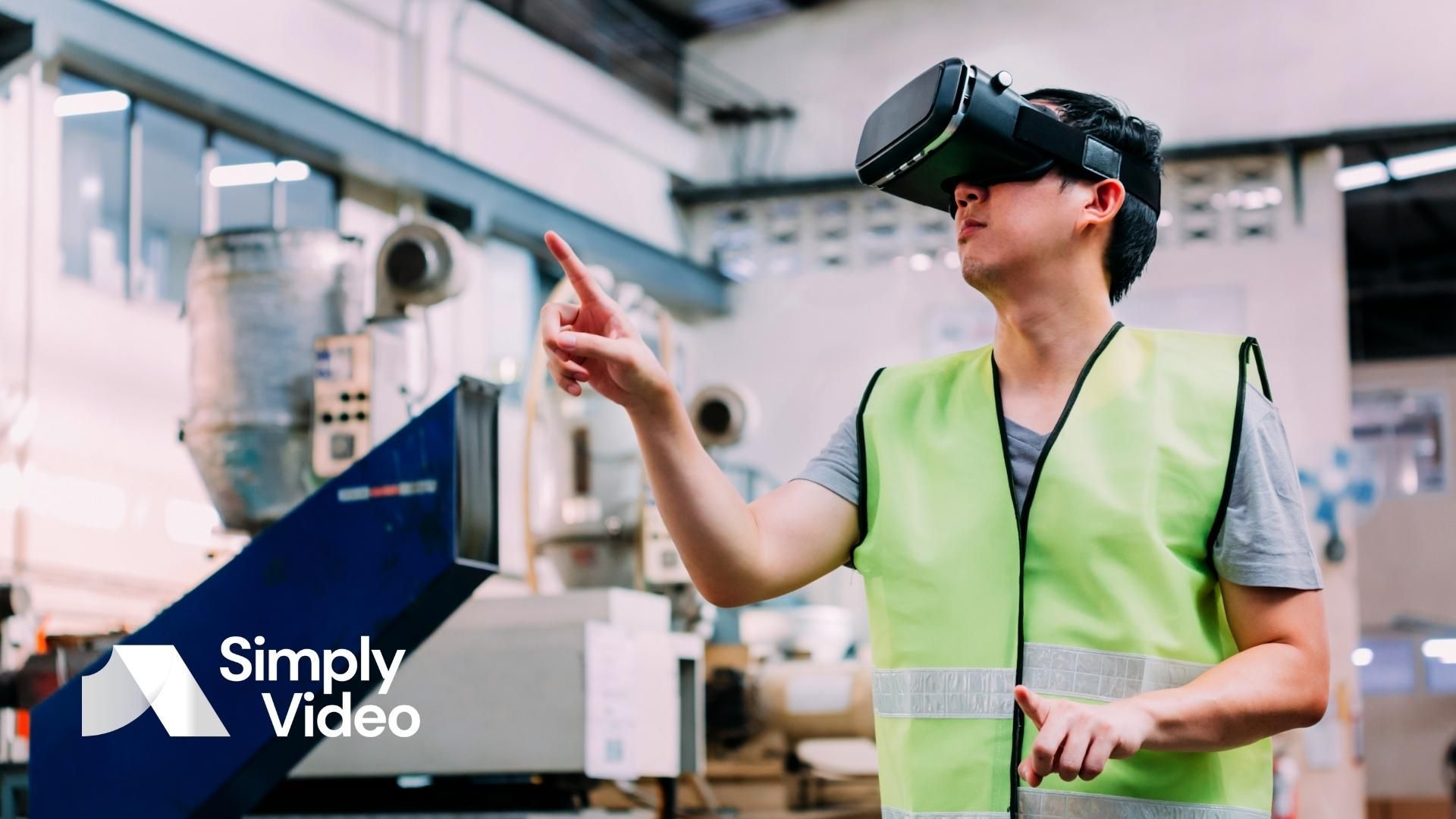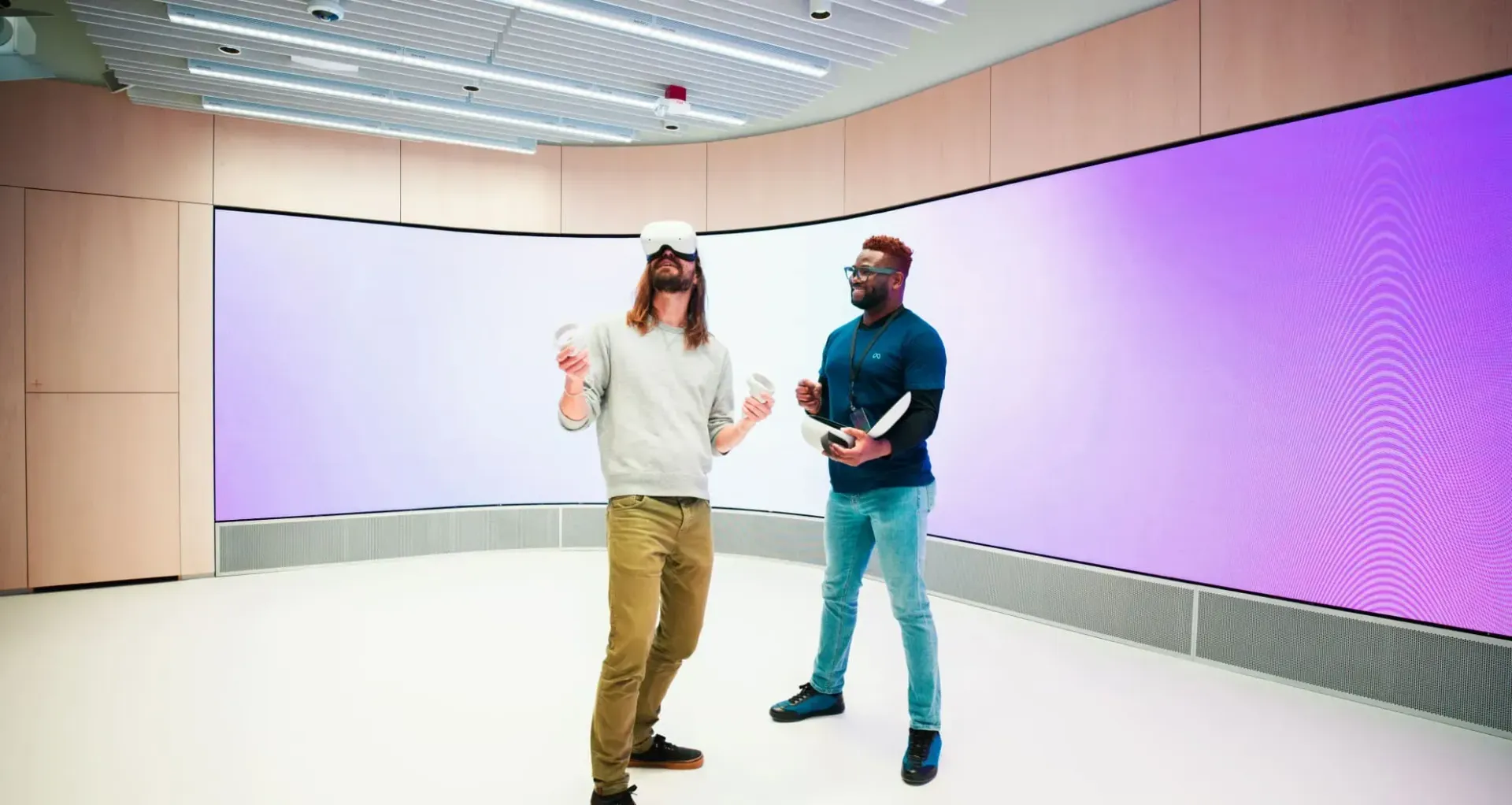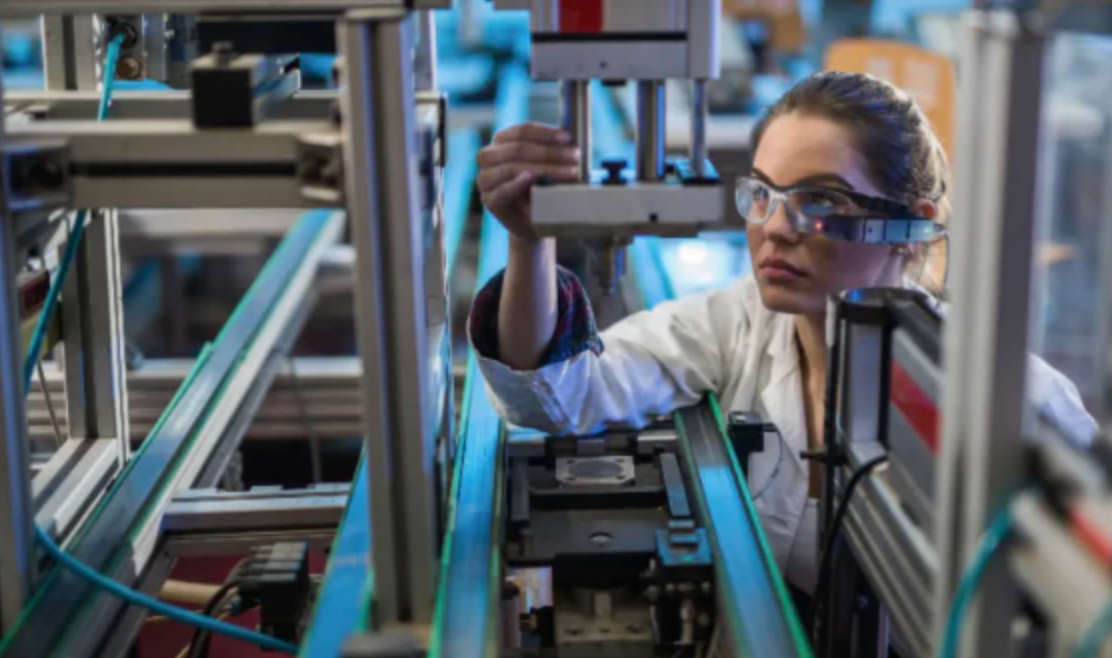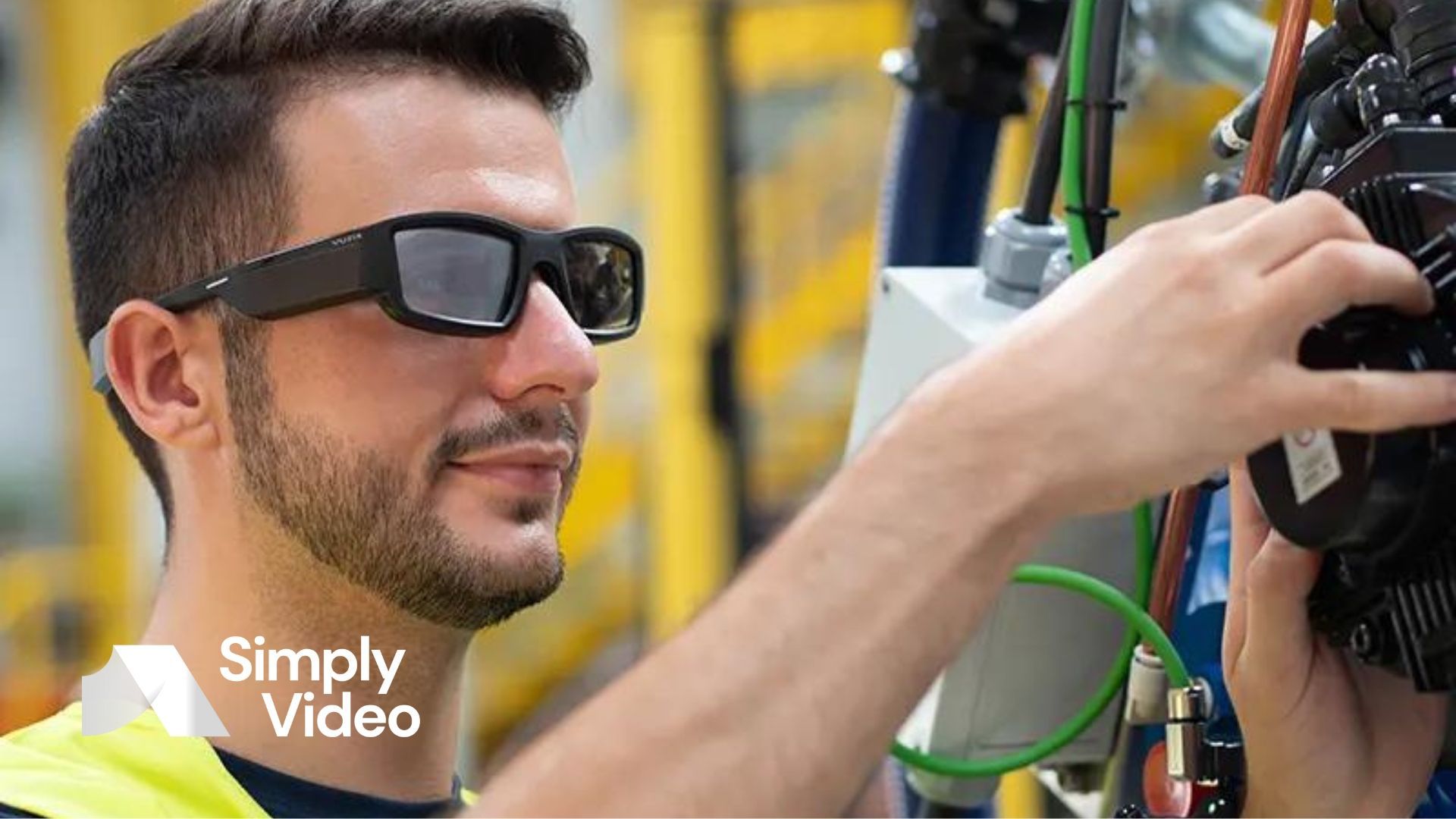Beyond video: why remote industrial training is ready to evolve
Why are companies shifting back to the classroom post-pandemic? Learn how remote training can bridge the engagement gap and deliver on its promise.

There isn't just one elephant in the industrial training room. There's a whole pack of problematic pachyderms.
It's expensive to onboard new recruits. It's hard to keep old ones engaged. And the simple ("simple") act of getting everyone in the same room can quickly turn into a logistical nightmare.
Is there an alternative?
During the COVID-19 pandemic, industrial organisations were compelled to adopt remote training technologies like videoconferencing – simply, for many, as an exercise in continuity.
And while this demonstrated the viability and cost-effectiveness of remote training, it left some educators yearning for the familiar confines of the classroom.
The pandemic yields clues
One survey, released during the waning days of the pandemic,
painted a mixed picture of remote training adoption among enterprises. Only eight percent of organisations planned to return exclusively to classroom-based learning after the pandemic, while 25% – a decent proportion by any measure – said they'd stick with the remote classes they'd implemented during COVID.
Nearly two-thirds of respondents, however, opted to use a blend of traditional and remote training delivery.
Clearly, remote training had proved its value – but classroom training was scratching an itch that Zoom, Teams and Google Meet just couldn't reach.
Why were organisations sticking to traditional training methods, despite their disadvantages?
The same survey offers a clue. When asked about the biggest challenges faced during COVID, the majority of respondents (47%) answered "getting people engaged in remote training".
The "virtual classroom" was doing the job it set out to do. It connected trainees and educators over vast distances. It cut travel costs to zero. It allowed for effective onboarding and upskilling while a global catastrophe raged in the background. No small feat.
However, traditional training still won out when it came to good old-fashioned student engagement. There's a magic and a thrill to classroom-based education that, for whatever reason, doesn't translate through conventional videoconferencing tools.
Is this the fault of the trainers? Were they just "doing it wrong"?
No. The issue arises from our expectations of the virtual classroom – what it is, what it does and what it could be.
Perhaps those virtual spaces weren't really classrooms at all.
The boons and boundaries of classroom education
What makes a classroom a classroom?
Ask an industrial educator and they're likely to say something like this.
A classroom is a space for dialogue and demonstration. A place where questions are asked, discussed and answered. A forum for instant feedback and peer support.
They might even call it "immersive".
Conventional videoconferencing tools solve many of the issues that plague industrial education – travel costs, time constraints and scalability, to name but three. But they can't match classroom or on-site training for immersion and interactivity.
Or, to put it another way, it's hard to absorb a presentation when students and educators are in different rooms, miles apart. When nobody quite knows the etiquette for asking a question and creating breakout groups feels about as natural as a polyester toupee. When your cat is clawing at your legs and your six-year-old is begging for another round of
Mario Kart.
Yet, for all its virtues, classroom training isn't an educational panacea. Its inherent interactivity has its limits. If you're training a group of engineers on a piece of industrial machinery, for instance, you can't exactly drag all three tonnes of it into the training room.
In this situation, you have two options. You can rely on abstracted documentation and bore everyone to desperate, inattentive tears. Or you can arrange an on-site visit.
On-site training has many advantages. For one, it puts eyes and hands on the job at hand, helping trainees to learn by observing and doing. But it costs money, necessitates some level of operational downtime and opens two cans of worms marked "logistics" and "compliance".
Many organisations have been smart about post-pandemic training delivery. They've recognised the benefits and weaknesses of each modality – classroom, on-site and remote – and have implemented a hybrid approach to try to deliver the best of all worlds.
But this isn't the perfect solution. You can't cherry-pick advantages without letting disadvantages come along for the ride. They're joined at the hip – like Laurel and Hardy or chocolate and calories.
Want to deliver on-site sessions alongside your remote classes? It might improve engagement and knowledge retention – but you'd better be prepared to put up with some level of disruption and increased spend.
In an ideal world, your remote training solution would deliver on all fronts. It would match or better traditional classroom training for immersion and interactivity. It would allow for lifelike demonstrations without the need for on-site visits. And it would still fulfil its promises of cost-effectiveness, simplicity and accessibility.
In other words, it would be like a real classroom – only better.
Delivering on the promise of virtual classrooms
The pandemic showed us the potential of technology to support traditional training delivery.
But we believe it's right to expect more. That's why we've launched
Stage: a virtual learning platform for educational institutions and industrial enterprises.
Stage harnesses the power of augmented reality (AR) and virtual reality (VR) to deliver immersive, engaging training sessions – in the classroom or online.
As a remote learning solution, Stage bridges the gaps between traditional videoconferencing and classroom education. Equipped with Stage, online educators can engage students at scale, whether they're working on site, within another branch or at home.
This might mean conducting a 3D, collaborative training session on equipment repair – or delivering a VR presentation with video, audio, images and text. All without travel costs, time constraints or compliance concerns.
But remote training is only part of the puzzle. Used in a classroom setting, Stage gives industry trainers engagement-boosting superpowers, allowing them to onboard and upskill staff faster than ever before.
Again, let's imagine you're introducing a new piece of machinery. Rather than planning a field trip to the frontline – with all the costs and red tape that that involves – you can conjure up a 3D model of the equipment in question, right there in the classroom.
You, as educator, conduct proceedings using an AR or VR headset. Your trainees, meanwhile, can observe and collaborate using simple, low-cost tablet devices.
And you're not limited to virtual field trips. Stage can help tackle travel costs and simplify logistics, sure. But it can also allow for collaboration on 3D objects and situations that would be dangerous or cost-prohibitive to present in real life.
In a training context, this might be a cutting-edge piece of equipment that's yet to be deployed on the frontline. Or a malfunctioning electrical circuit that needs careful, process-driven repair.
Outside of the training room, it could mean 3D CAD models of new products or components. Geographically dispersed R&D teams can meet and ideate in virtual space without relying on costly prototypes or plane tickets.
As Stage programme manager Adam Tunnicliffe remarked at our recent
Virtual Partner Day:
"In industrial training, the amount of people who have to get helicopters or planes to the other side of the world just to have a small conversation about a specific object… It's mind-blowing.
"[With Stage, you can] bring that object in virtually, in front of you, and talk to an avatar of another person."
He adds: "Having a collaborative Metaverse… that's the entire point of the Metaverse. If you're just doing [things] on your own, that's not a metaverse."
This collaborative aspect is key. To quote Cornell University's Center for Teaching Innovation, "Research shows that educational experiences that are active, social, contextual, engaging and student-owned lead to deeper learning".
For many industries, Stage is a game changer. It's an investment that could pay dividends in terms of budget management, business continuity and health and safety.
Stage is a true virtual training space – as scaleable as Slack and as collaborative as any on-site meeting room. It is, quite simply, virtual education as promised.
Learn more about our
virtual learning platform. Or
get in touch with our experts to discuss how SimplyVideo Stage could benefit your enterprise.












